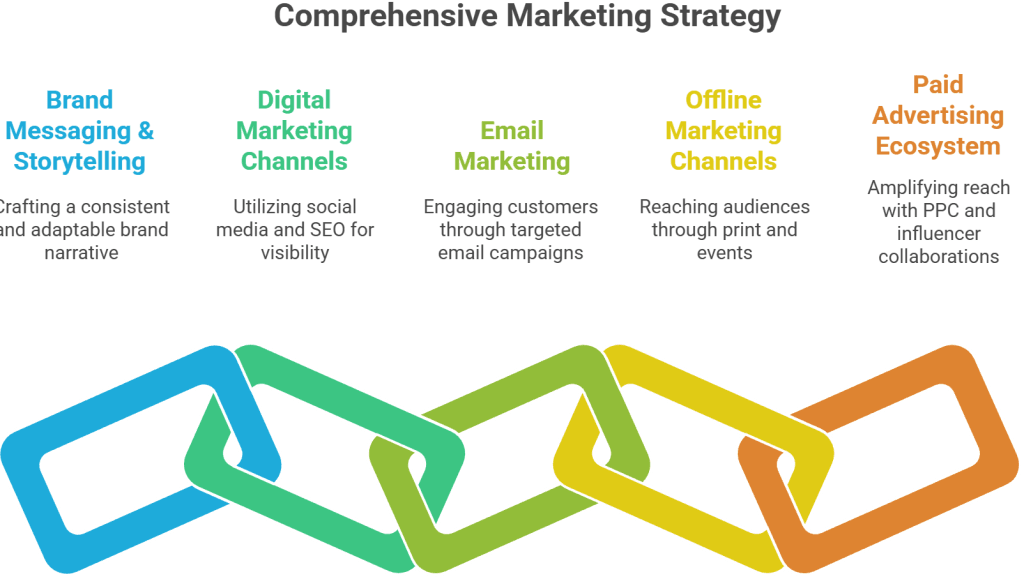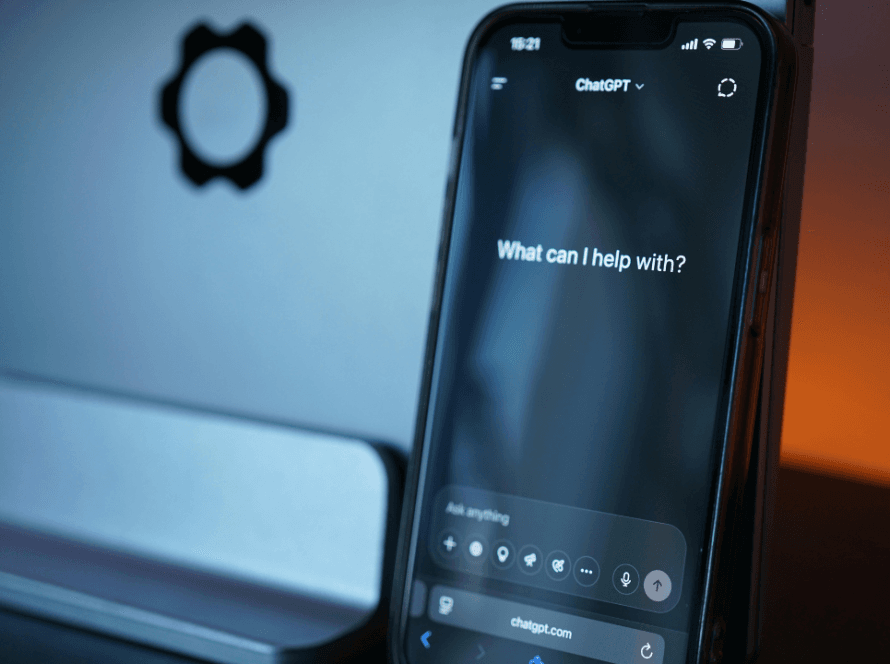
Marketing isn’t what it used to be and honestly, that’s a good thing. Today’s brands operate in a world where customers jump between platforms faster than you switch apps on your phone. With attention scattered everywhere, relying on just one channel isn’t enough. That’s where 360° integrated campaigns come in.
What Is a 360° Campaign?
A 360° campaign is a marketing strategy that ensures your brand message reaches consumers across every possible touchpoint—online and offline all delivering one consistent, aligned message. Think of it like telling the same story in different languages across different media.
Why Integration Matters Now More Than Ever
People consume content across dozens of platforms daily. If your brand shows up in one place but disappears in others, your competitors will take the spotlight. Integrated marketing closes these gaps and builds a seamless journey.
The Evolution of Marketing in the Digital Era
In the past, brands could run a print ad or a TV commercial and call it a day. But digital changed everything.
From Traditional Ads to Omni-Channel Experiences
Today’s consumers expect brands to meet them where they are—Instagram, YouTube, Google Search, email, websites, and even physical events.
Consumer Behavior Shifts That Changed Everything
People now research online before buying, rely on peer reviews, follow influencers, and expect personalized experiences. This shift demands a 360° plan.
Key Components of a 360° Integrated Campaign

Brand Messaging & Storytelling
Everything starts with a solid narrative. Your brand’s core message must be consistent yet adaptable across formats—short-form, long-form, visual, and verbal.
Digital Marketing Channels
Social Media
Platforms like Instagram, Facebook, LinkedIn, and YouTube are essential for visibility and engagement.
SEO & Content
Organic search still drives some of the highest-intent audiences. Blogs, landing pages, and pillar content strengthen your credibility.
Email Marketing
Still the highest ROI marketing channel. A 360° campaign uses emails for nurturing, offers, and relationship-building.
Offline Marketing Channels
Print Media
Magazines, brochures, and newspapers still reach audiences in certain industries.
Events & OOH
Outdoor ads, billboards, trade shows, and on-ground activations complement the digital narrative.
Paid Advertising Ecosystem
PPC & Display
Google Ads and display networks amplify reach instantly.
Influencer Collaborations
Influencers bridge the trust gap and bring authenticity to campaigns.
How Integration Creates Impact
Consistency Builds Trust
When your brand looks and sounds the same everywhere, customers feel confident choosing you.
Multi-Touchpoint Reinforcement
People rarely convert on the first interaction. A 360° campaign nudges them gently across various touchpoints until they’re ready to act.
Unifying Data for Sharper Insights
Integrated campaigns allow you to analyze data from multiple sources to optimize strategy in real time.
Steps to Build a Powerful 360° Campaign
Defining Your Core Message
Clarity is non-negotiable. Start with your “big idea.”
Audience Segmentation & Personas
Different audience segments require different narratives and channels.
Channel Mapping
Map out where your audience spends time and decide how each channel will support the campaign.
Crafting Campaign Assets
Create a unified visual and verbal identity—videos, banners, blogs, landing pages, and ads.
Launch, Monitor & Optimize
A 360° campaign is not set-and-forget. Real-time optimization drives peak performance.
Real-World Examples of Integrated Campaign Success
Iconic Global Brand Campaigns
Think of Nike’s “Just Do It” or Apple’s product launches—consistent across TV, social, web, stores, and influencers.
How Small Businesses Win With 360° Strategies
Even local brands grow rapidly when they synchronize content across platforms, run ads smartly, and maintain brand consistency.
Challenges in Implementing 360° Campaigns
Fragmented Teams & Communication Gaps
Marketing teams often work in silos, making consistency a challenge.
Tracking ROI Across Multiple Channels
Attribution can get messy without proper analytics setup.
Creative Alignment Across Formats
Adapting one idea across formats requires strong creative direction.
The Future of Integrated Campaigns
AI and Automation in 360° Marketing
AI-driven tools now automate content creation, ad optimization, and consumer segmentation.
Predictive Personalization as the New Norm
Brands will soon anticipate customer needs before they express them—thanks to data and machine learning.
Conclusion
A 360° integrated campaign isn’t just a marketing strategy—it’s a necessity in today’s fast-moving digital environment. Brands that show up consistently across all touchpoints gain stronger trust, higher visibility, and better conversions. Whether you’re a startup or an enterprise, adopting a holistic approach gives you the competitive edge needed to thrive today.
Quicktime Production wins SME Business of the Year Award 2025 by Great Companies. Read More.



